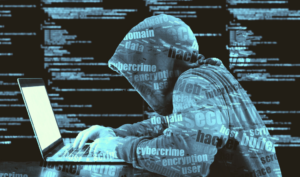
Low Cybersecurity Awareness in Gen Z Employees: What HR Needs to Know
The business landscape has much to say about the upcoming generation of young professionals. Generation Z — those born between 1997 and 2012 — has

The business landscape has much to say about the upcoming generation of young professionals. Generation Z — those born between 1997 and 2012 — has

With so many organizations moving online, the way they recruit and welcome new talent is changing, too. Today, more employers hire digitally because it’s convenient,

Cyberattacks have become an all-too-prevalent reality in today’s business landscape. In fact, cyberattacks increased by 38% in 2022 alone. This means every company should have

The General Data Protection Regulation (GDPR) is one of the most comprehensive and impactful cybersecurity laws today. While this EU regulation passed in 2018, companies

The future of work is hybrid–with over 50 percent of people saying they’d prefer to work from home at least three days per week. But

In 2020, 74 percent of U.S. organizations said they succumbed to a phishing attack. As today’s news cycle fills with ransomware headlines and remote connectivity

Companies worldwide are launching rapid digital transformation strategies. Their goal: To keep pace with the increase in customer demand for seamless delivery of products, services,

What skill sets are employers looking for most in 2021? How can they partner with employees to develop these sought-after skills? In 2020, the COVID-19

Do you speak IT? The information technology job market is as strong as it’s ever been, with tens of thousands of highly lucrative and unfilled
According to the Identity Theft Resource Center (ITRC), there were 781 U.S. data breaches last year, and the risk is predicted to grow exponentially. Data